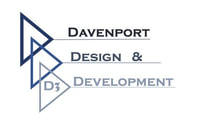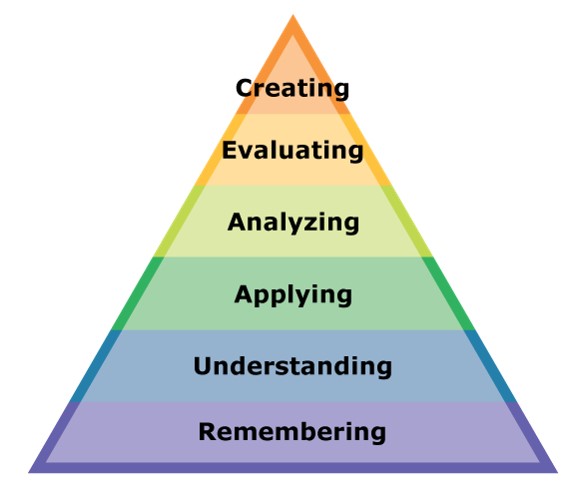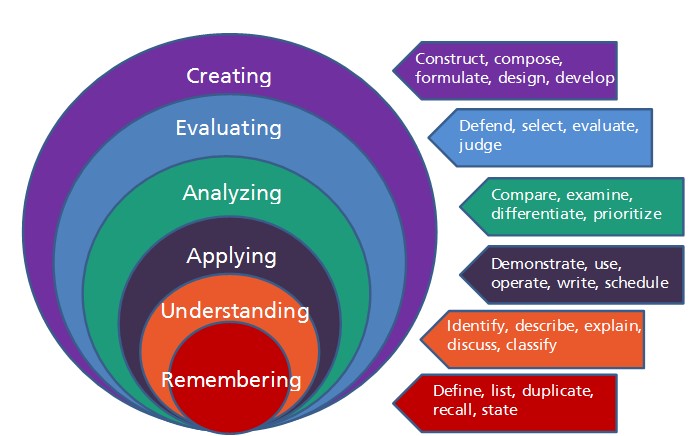- Dr. Benjamin Bloom first published his theory of learning in 1956! Good things last!
- Bloom’s taxonomy categorized learning into three domains:
o Psychomotor (physical skills)
o Attitudes - now usually called Abilities (emotions that drive behaviors)
- Bloom’s Cognitive domain is well suited to drive many instructional design tasks, such as developing learning objectives, selecting source content, designing learning activities and assessments, and selecting appropriate delivery (e.g., classroom, eLearning, on-the-job, etc.).
- Students of Dr. Bloom have continued to expand his cognitive taxonomy. Bloom’s REVISED Taxonomy (Cognitive domain) is now favored by many IDs. Here’s what it looks like:
UNDERSTANDING: Then, in the Understanding phase, the facts and rules learned earlier begin to make sense, and larger ideas can be formed. A person can restate a problem or fact set in his own words. In the example of the ABCs, a person can explain how letters are used to make words, sentences, paragraphs, books, etc.
APPLYING: Now a learner can apply what she understands. Continuing with the ABC analogy, a person can read and write in increasingly complex situations, such as from writing words to sentences, then paragraphs, then essays.
ANALYZING: In Analysis, a learner is able to break the parts of an idea or process back down into their individual components to better understand the organizational structure. For example, a person would be able to classify a paragraph into sentence types, and break down sentences into word types.
EVALUATION: To evaluate means to judge or compare to determine quality. Back to the ABC example, a college professor could compare several theses to a standard. A standard needs to be referenced in order to make judgments, such as a performance checksheet or a rubric that gives meaning to each performance measure.
CREATING: Creating uses the rules and understanding of a concept or group of related concepts to create something new. When a person writes a book or a newspaper article, she has created something new using the same rules and components that already existed.
So now comes the big question: HOW DOES BLOOM’S REVISED TAXONOMY APPLY TO INSTRUCTIONAL DESIGN? The answer is too big to put into one blog post, but the place to begin is with writing learning objectives. Bloom devised learning verbs that are appropriate for each stage of learning (these are just a sample):
- Define …
- Identify…
- Demonstrate…
- Compare … to ….
- Select the best …
- Design a ….
To learn how to incorporate Bloom’s Revised Taxonomy into your next course, try taking D3 University’s course How to Write Learning Objectives, which begins with the concepts presented here, and provides much more info and opportunities for you to practice using learning objectives that not only look great, but really help your learners LEARN!








 RSS Feed
RSS Feed